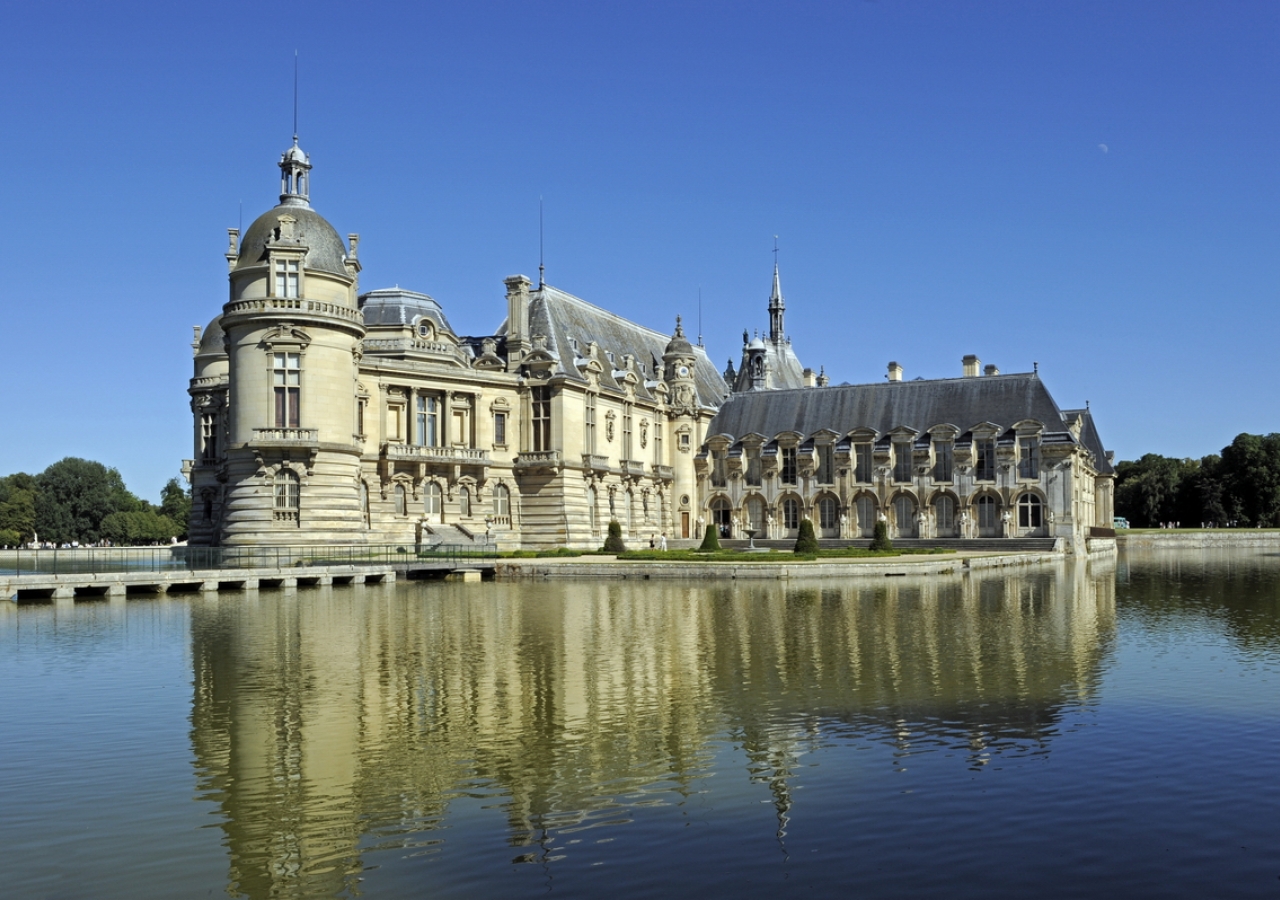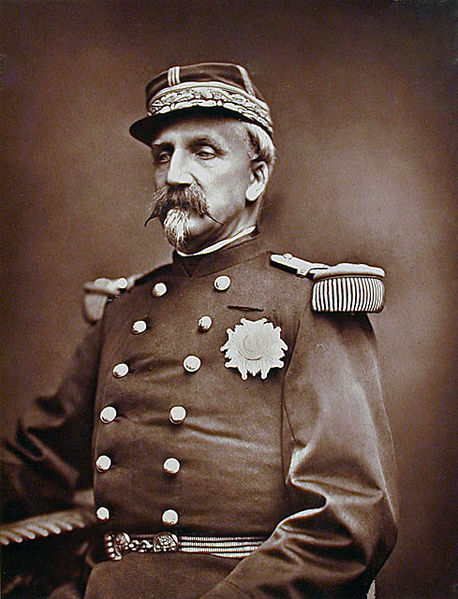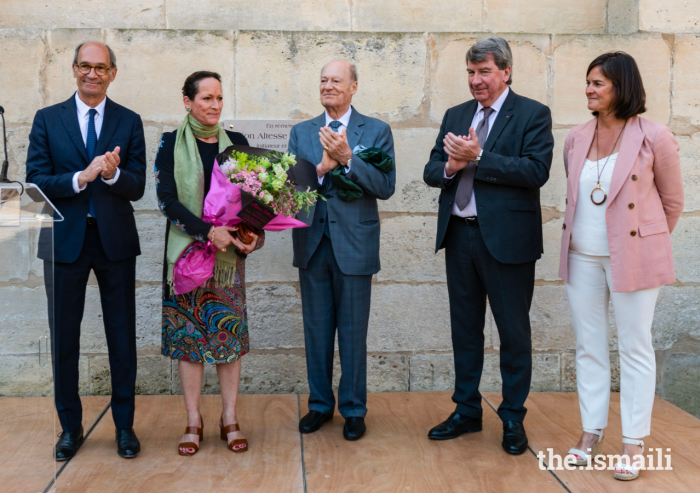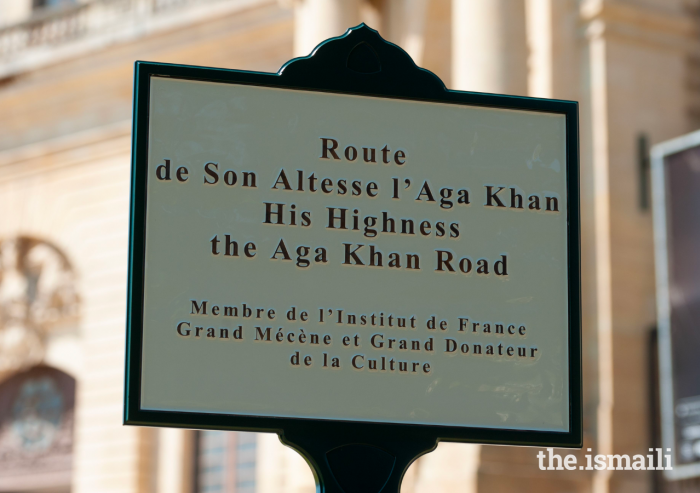Fifth son of King Louis-Philippe I of France, Henri Eugène Philippe Louis d'Orléans, known as duc d'Aumale (the Duke of Aumale) inherited the Domaine de Chantilly in 1830, when he was eight years old, from the last prince of Condé.
Situated in the valley of Nonette some 40 kilometres north of Paris, Chantilly records a history that stretches back over six centuries. Its past is riddled with illustrious names including Orgemont, Montmorency, the Grand Condé, and of course the duc d'Aumale. With its sprawling manicured gardens, grand stables, majestic chateau, and its unparalleled collection of art, manuscripts and furnishings there is little wonder that it is considered a jewel of French heritage.
An academic, soldier, patron and collector of art and manuscripts, the duc d'Aumale spent much of his life reconstructing the Chateau of Chantilly, which had been destroyed during the French revolution. In rebuilding, he designed the chateau to house the artwork, artefacts, lavish furnishings and rare books and manuscripts that he was so fond of acquiring.
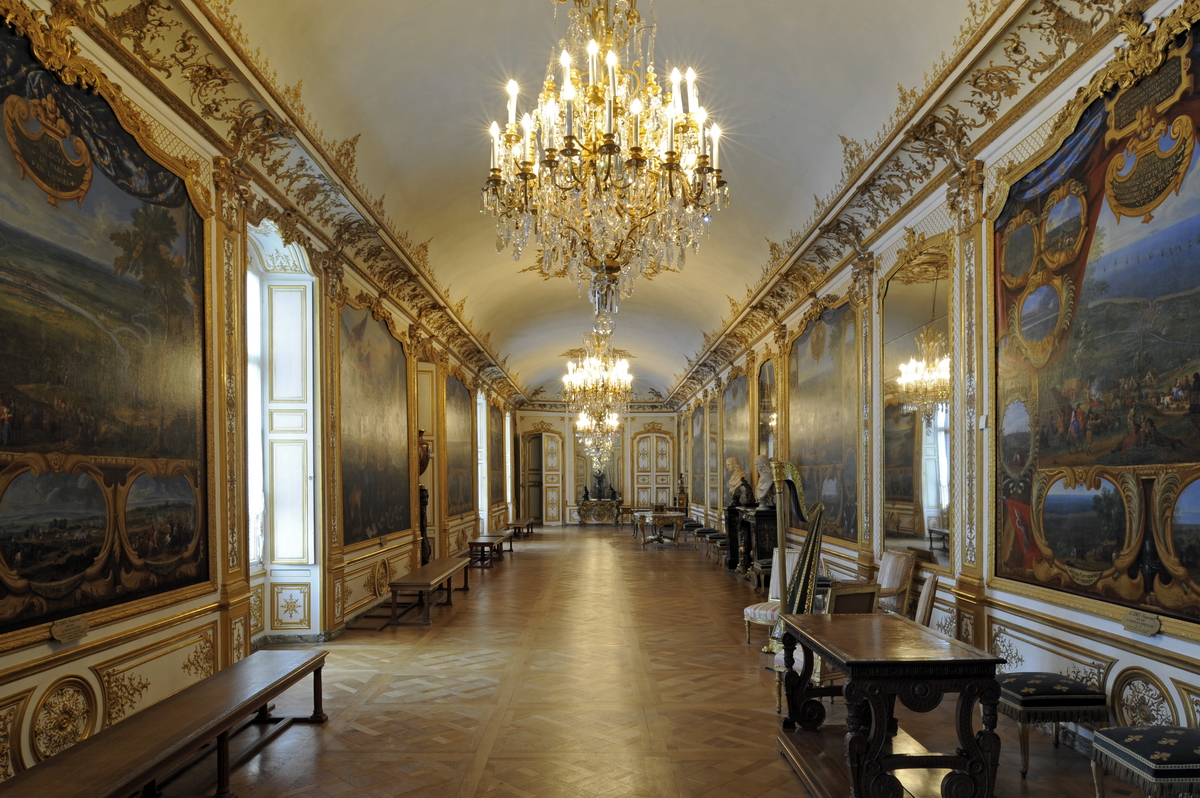 The duc d'Aumale amassed one of the finest private collections of 17th and 18th century masterpieces – considered second only to that of the Louvre. Gary Otte
The duc d'Aumale amassed one of the finest private collections of 17th and 18th century masterpieces – considered second only to that of the Louvre. Gary OtteDuring his lifetime, the duc d'Aumale amassed one of the finest private collections of 17th and 18th century masterpieces – considered second only to that of the Louvre – which includes works by Raphaël, Poussin, Ingres, Watteau, Delacroix, and others. A dedicated bibliophile and member of the Académie française, the duke also built a vast library of unique and valuable manuscripts, including maps, plans and richly decorated book bindings. To the duc d'Aumale, price was no object!
In 1884, widowed and having lost both his sons, the duc d'Aumale bequeathed Chantilly to the Institut de France. But his gift came with conditions: that his art collection and library be made accessible to the public, and that their presentation remain intact at Chantilly, never to be sold nor loaned out.

